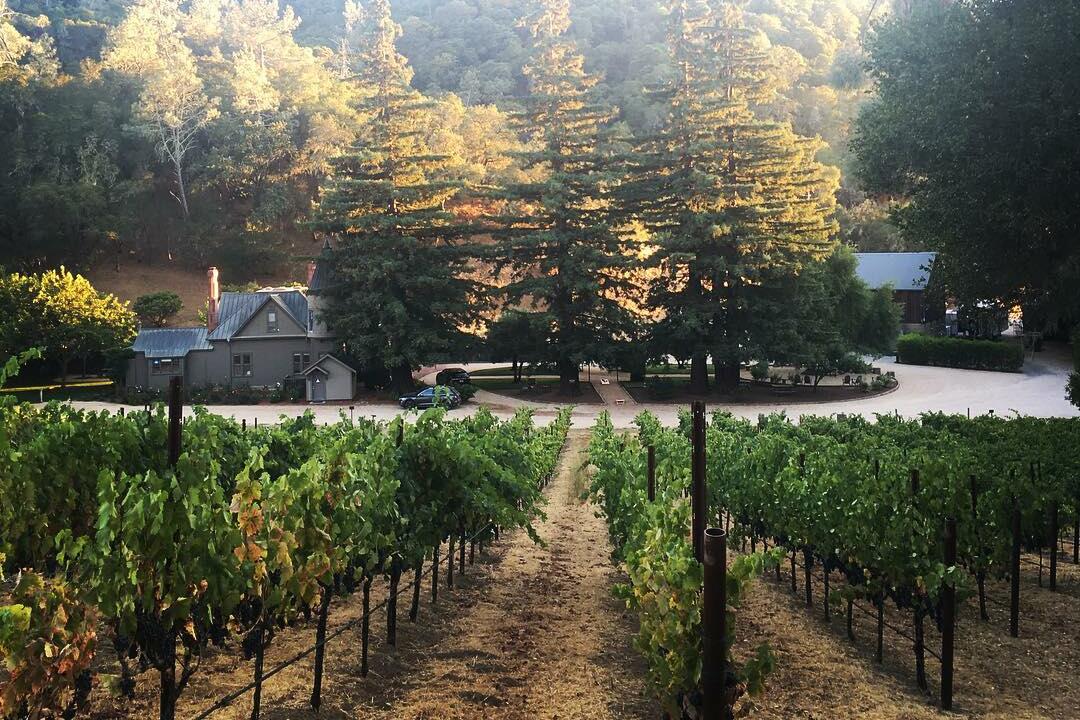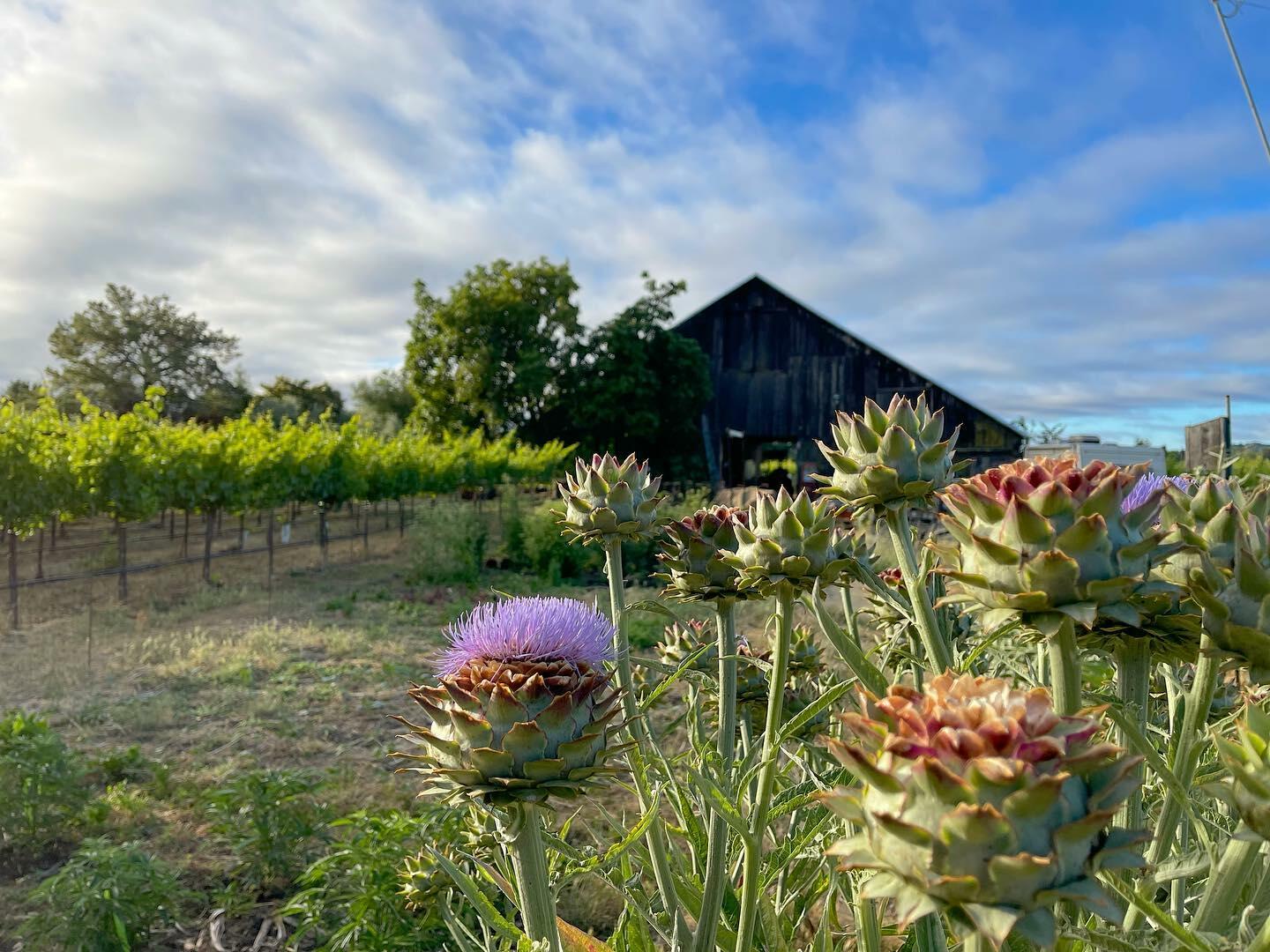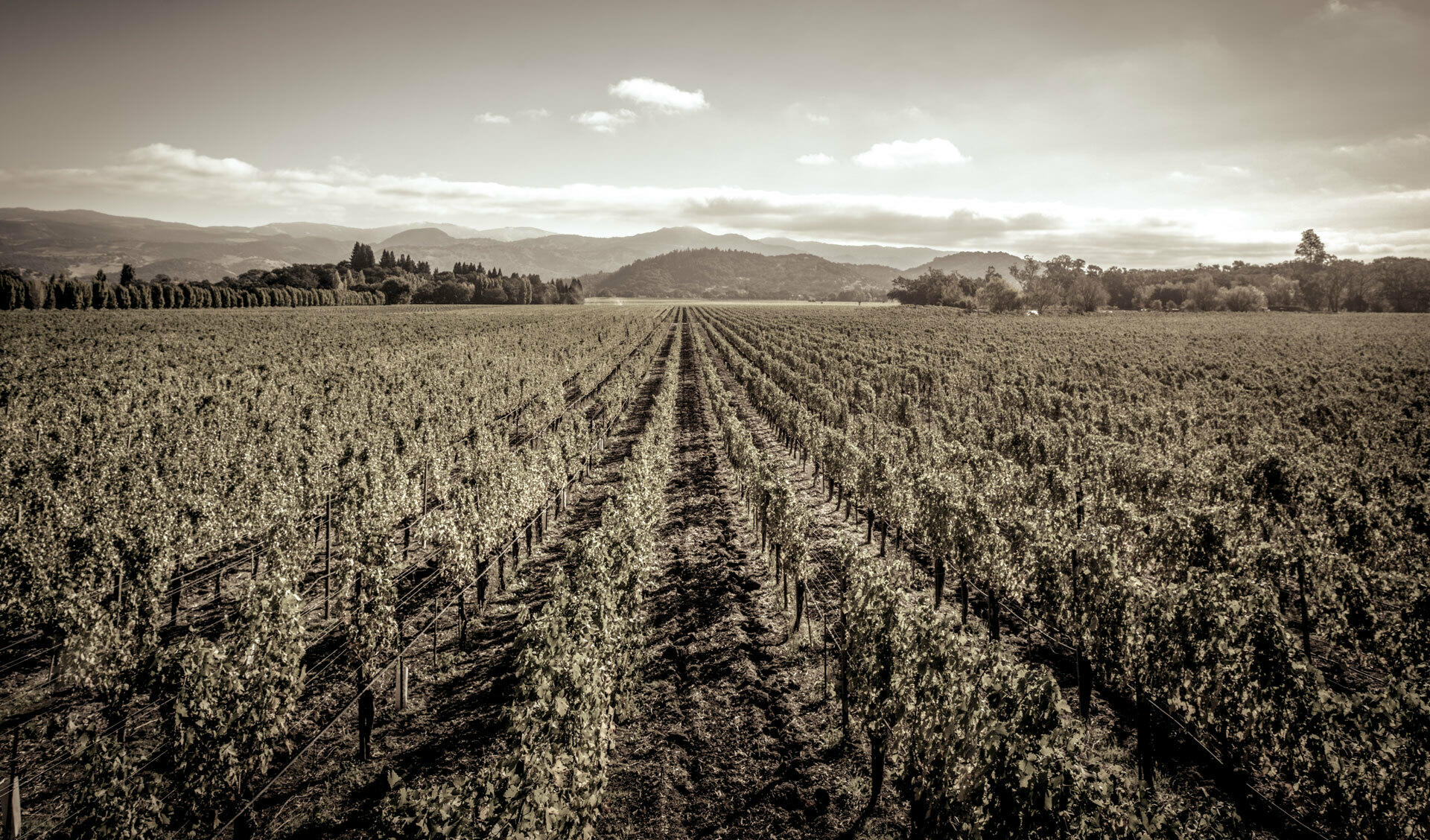Viticulture & Winemaking
We spoke to Napa Winemakers to learn more about how great wine is made from the vineyard to the glass.
We got to do a deep dive on what makes Napa Valley tick in both the vineyard and the winery with Cathy Corison, Dan Petroski, Hugh Davies, Steve Matthiasson, and Andy Erickson. Now we’re able to share these gems of information with you.
Let’s find out how so many styles of wine, from awesome sparkling to robust Cabernets are made in Napa Valley from the people who grow the grapes and turn that fruit into wine.
Napa Valley Cabernet Sauvignon – Not a one trick Pony
If you like really full bodied, fruit driven, voluptuous red wines with smooth tannins and spicy flavours from oak then Cabernet is for you.
If you like really grippy wines with lots of texture with restrained black fruit flavours and herbal notes the Cabernet is also for you!
How can one grape produce such vastly different styles? We asked Cathy Corison, winemaker and founder of Corison Winery, to tell us a bit about how she manages her Cabernet grapes in the vineyard.

For my Cabernet Sauvignons, I’m looking to make wines that are both powerful and elegant, speak of place, grace the table and enjoy a long, interesting life.
I pick relatively early at moderate sugar levels because I value the bright red and blue end of the Cabernet flavor spectrum (cherries and blueberries). These bright flavors disappear and leave only the purple (plum) and black (blackberry) flavors at a certain level of ripeness. It is the red and blue fruit that evolve into the floral perfume I so value. The goal is to have the whole spectrum of flavors in the same glass.
I also pick early to preserve good, snappy natural acidity which provides a life force/vibration in the wines. These wines are balanced for the table and age majestically in the bottle. Additionally, as I’ve never de-alcoholized a wine, it is important to pick at moderate sugars in order to wind up with moderate alcohols in the glass.
At Corison Winery we spend a lot of time out in the vineyard managing the canopy to ensure that we can pick fully ripe Cabernet at lower sugars. Our goal is to balance the vigor and fruit load on each shoot and to get the right amount of air and light into the clusters to get complex flavor development and phenolic ripeness on the early side.
Regarding water management, at Kronos Vineyard I can dry-farm most years because the vines are on St. George rootstock, which has a very deep root system and holds up very well during heat spells and dry years.
As for the future, if we continue to enjoy cold, foggy nights and mornings, as an extension of the San Francisco Bay, the Napa Valley will have the grapes it needs to produce balanced world-class wines.
Blend Baby, Blend!
There are more than 33 different grape varieties being grown in Napa Valley!
Many winemakers choose to blend varieties together to achieve better balance and complexity.
We spoke to Dan Petroski from Larkmead Winery to ask him about the use of Petit Verdot, a Bordeaux variety, in blending, but also about how climate change might affect the grape mix we see in the future.

“Petit Verdot is definitely a grape variety that acts like salt and pepper when blended with its more popular Bordeaux variety siblings. Petit Verdot, even at small percentages, has the ability to lift aromas, darken colors, and make tannins more dense. It’s really a “fixer.” So, my challenge was to grow and make a complete wine that didn’t need any fixing and we are getting close without PV any more!
All that said, with climate change in front of us in places like Napa, Cabernet will need some support and varieties like Petit Verdot will become even more useful.
However, from a global perspective, I have decided to plant more heat resistance varieties like Tempranillo, Touriga Nacional, Aglianico, Shiraz, as well as Zinfandel, and Petite Sirah.
It’s a research and development vineyard that I plan to work with for the next 20 years as we start navigating the impacts of great grape growing in a climate changing world."
Zinfandel in Chiles Valley
Even though Cabernet Sauvignon reigns supreme for sheer numbers of acres planted, Zinfandel also does very well in Napa Valley.
We spoke to Zinfandel specialist, David Brown, Winemaker at Brown Estate Vineyards, to learn more about how he crafts top quality wines in Chiles Valley.

“Zinfandel is a great storyteller and even subtle changes in the topography or aspect can yield dramatic differences in the finished product.
Brown Estate is located at the southeast corner of the Chiles valley district AVA. It is rugged and wild with an unspoiled purity that directly impacts the character of wines we produce.
The Chiles valley is 1000 ft higher in elevation than the valley floor and uur microclimate is unique and more extreme. Daytime highs are hotter and nighttime lows are colder.
The Chiles valley runs northwest to southeast and acts as a channel for the prevailing north westerly breeze. This daily onset tends to coincide with the daytime high resulting in dramatic cooling in the evening hours. It takes longer for moisture laden marine air to reach Chiles valley.
This allows the heat of the day to dissipate and when the fog does reach us, it traps in the cold and inhibits the buildup of heat the following day.
The result of all of this is a tendency to retain acid. The higher natural acidity has the ability to balance out Zinfandel’s jammy character and retain a freshness that showcases the aforementioned purity of the environment where they are grown.”
Deep dive into Climate, Soils and Viticulture
What happens in the vineyard is equally, if not more important than what happens in the winery when it comes to the quality and the style of wine being produced.
We got the dirt on Napa from Steve Matthiasson, owner and winemaker at Matthiasson Wines, who was able to give us some great details on the climate, soils, and viticulture in Napa Valley.

Climate
“The only way to understand Napa is by understanding that we have the cold Pacific Ocean on one side and the warm interior valleys of California on the other side. Our valley, formed by plate tectonics and volcanoes, splits these climates, and we get some influence from both directions.
Daytime high temperatures typically range from the low 80s (25 ℃) in Carneros at the mouth of the valley to the high 90s (high 30s ℃) up in St. Helena and Calistoga at the top of the valley. Nighttime temperatures tend to equalize throughout the valley, down in the low 50s (10-12 ℃).
Those cool nights are a big part of our Napa terroir. The cold humid fog in the mornings refreshes the vines, readying them for another day of working in the sun. Warm days drive ripeness, cold nights maintain freshness.
The mountain AVAs are a bit cooler during the day, and a bit warmer at night, which is part of why they produce even more powerful wines. They start the summer cooler, but as we get closer to harvest they warm up and become a ripening freight train.”
Soils
“Soils are mostly of volcanic origin, rocky and nutrient rich, generally providing more tannin and mid-palate concentration the rockier they are. Acidities tend to be lower on the volcanic soils.
We also have marine soils, both shale and clay, that were lifted up from deep in the ocean by plate tectonics.
Shale gives red wines a lot of aromatic finesse along with tannic power with more acidity.
Clay is great for whites and more delicate reds, because it holds wine acidity the most of all of our soils, and contributes less tannin and mid-palate concentration.”
Viticulture
“Cabernet Sauvignon tannins need to ripen completely, while preventing jammy or cooked flavors. So the trick is encouraging a lot of ripening while protecting the fruit.
Balanced vine vigor is more important than in many other varieties — there is a razor’s edge with Cabernet Sauvignon: over-vigor makes green thin wines, and under-vigor makes hard bitter wines.
Healthy soils, minimal irrigation, very careful pruning and canopy management, vine-by-vine care, and protecting the fruit from overheating in the sun are all critical for Cabernet Sauvignon.
What makes Napa Viticulture Unique?
“The concentration of high end wineries and viticultural talent, along with a culture of sharing information, means that we are one of the more advanced regions when it comes to dealing with climate change and wine quality.
There is a high degree of understanding of rootstocks, trellising, row orientations, soil management (organic in our case), plant selections (both clones and selections massale, especially with Cabernet Sauvignon). In the past few years Napa wines, while still typically made very ripe, have gotten fresher and less pruney/cooked despite our warming climate.
The future of viticulture in Napa is more and more resilient to climate change, and the principles of Regenerative Farming are a big part of that. Soil health, habitat, water stewardship, carbon footprint, and social justice for our farmworker community are all going to be critical pieces of our future in the Napa Valley.”
A Gem in Napa’s Crown
Napa has some amazing terrain and a patchwork of soil types throughout. We took a look at a storied piece of land with a long history of making top quality wines - To Kalon. Andy Erickson, Winemaker at To Kalon Vineyards, walked us through what makes this place so unique.

“To Kalon was planted in the early 1860s, and even then was known as one of the best places to make wine in North America.
Based at the foot of the Mayacamas mountains on the west side of Oakville this place is where the stars align for soil and terroir nerds.
It’s a transition zone from hillside vineyards, which are really big powerful wines, to the middle of the valley where the river is where you get softer and more plush wines.
We have alluvial deposits that have come down from the mountains, merged together with clay soils. This unique combination that you get is the best of both worlds - you get the power from the gravel deposits and the nice soft tannins from the clay.
To Kalon is one of the sweet spots for Cabernet Sauvignon - the amount of fruit we get is quite low, between 2-4 tonnes per acre. This gives a lot of concentration to the wines being made here.
Wines from here are always going to be concentrated and structured, so tannin management is a key aspect to think about. We want tannins that are approachable in youth but that are also ageworthy.
To achieve this we strive for the right amount of fruit per vine - too much fruit and you lack concentration, too little and the fruit ripens too quickly.
Once the fruit comes into the winery controlling extraction is key. We look for a lower temperature during fermentation and a longer amount of time on the skins (30 days on skins, peaking at 80F). This means we get a soft extraction of tannin.
Capturing freshness and the aromatic side of Cabernet is also important. We have various picking times even for the same vineyard. Early picked grapes have more acid and herbal tones and an aromatic note. Later picked blocks have that ripe blackberry note. Blending these together gives us what we want and shows the true expression of the vineyard.”